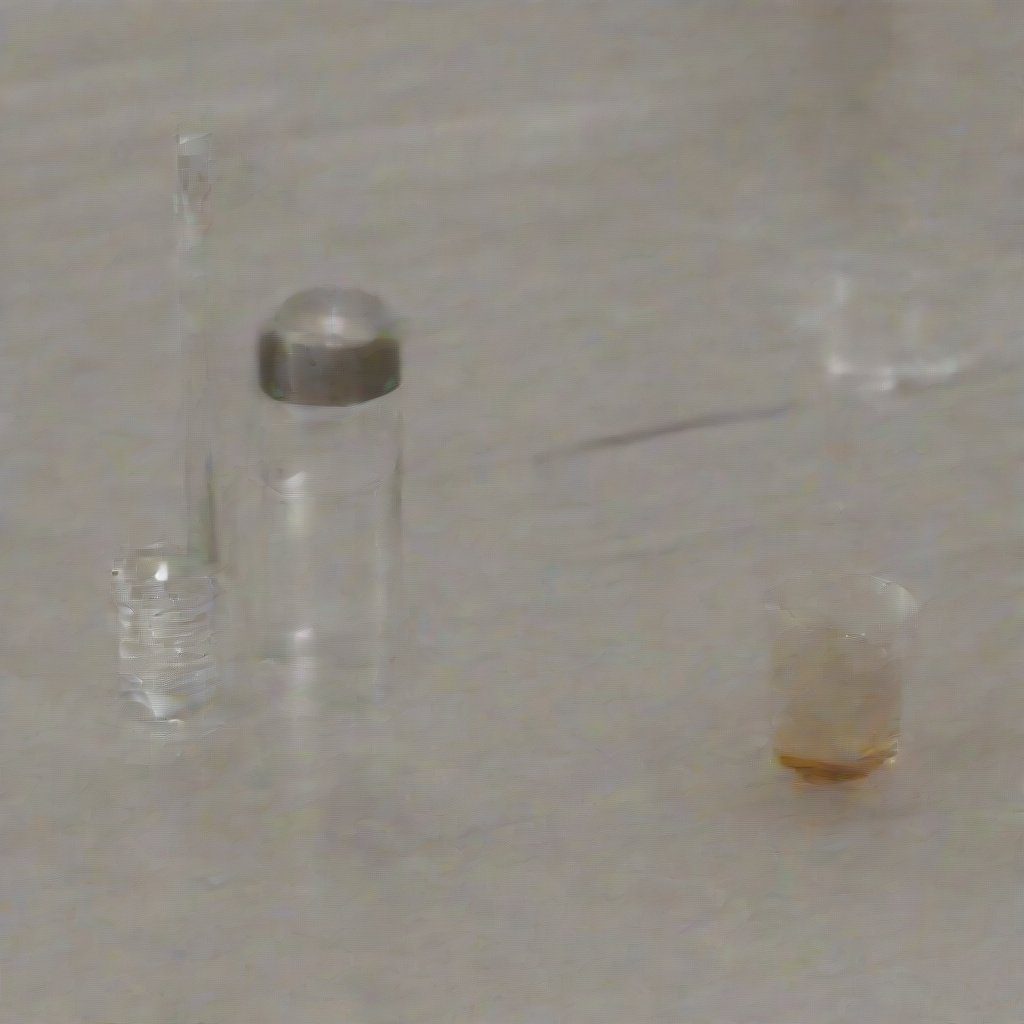Glycerin in Personal Care Ingredients
Glycerin, also known as glycerol, is a natural compound derived from fats and oils. It is a colorless, odorless, and viscous liquid that is widely used in personal care formulations due to its unique properties. As a humectant, glycerin attracts moisture from the atmosphere, making it an essential ingredient in skincare products.
Moisturizing Properties
The primary function of glycerin in personal care ingredients is its ability to retain moisture. This property is crucial for maintaining skin hydration, which helps to reduce the appearance of fine lines and improves overall skin texture. Glycerin forms a protective barrier on the skin, preventing water loss and ensuring that the skin remains supple and soft.
Compatibility with Other Ingredients
Glycerin is highly compatible with a wide range of other cosmetic ingredients. It can effectively blend with oils, surfactants, and emulsifiers, enhancing the overall performance of personal care formulations. This versatility allows manufacturers to create stable and effective products that cater to diverse consumer needs.
Antimicrobial Properties
In addition to its moisturizing benefits, glycerin possesses mild antimicrobial properties, making it a valuable ingredient in personal care products. It can help inhibit the growth of certain bacteria and fungi, contributing to the preservation of formulations and the safety of end products.
Skin Conditioning Agent
Glycerin acts as a skin conditioning agent, improving the feel and appearance of the skin. By creating a smooth and velvety texture, it enhances the overall sensory experience of personal care products. This quality is particularly important in formulations like lotions, creams, and serums, where user experience is a key factor in product success.
Applications in Various Personal Care Products
Glycerin is commonly found in a variety of personal care products, including moisturizers, cleansers, shampoos, and conditioners. Its multifunctional properties allow it to serve different roles within formulations, from providing hydration to enhancing texture and stability.
Natural and Synthetic Sources
Glycerin can be sourced both naturally and synthetically. Natural glycerin is often derived from plant oils, such as palm kernel oil, while synthetic glycerin is produced through chemical processes. The choice between natural and synthetic glycerin depends on the formulation requirements and the target market’s preferences.
Regulatory Status and Safety
Glycerin is recognized as safe for use in personal care products by numerous regulatory agencies, including the FDA and the Cosmetic Ingredient Review (CIR). Its long history of safe use in cosmetics underscores its reliability as a personal care ingredient. However, it is crucial for manufacturers to adhere to safety guidelines to ensure consumer protection.
Market Trends and Demand
As consumers increasingly seek products that offer hydration and skin health benefits, the demand for glycerin in personal care ingredients continues to grow. This trend is particularly evident in the clean beauty movement, where natural and effective ingredients are highly sought after. Companies like DIPLOMATA are positioned to meet this demand with high-quality glycerin and other chemical products.


